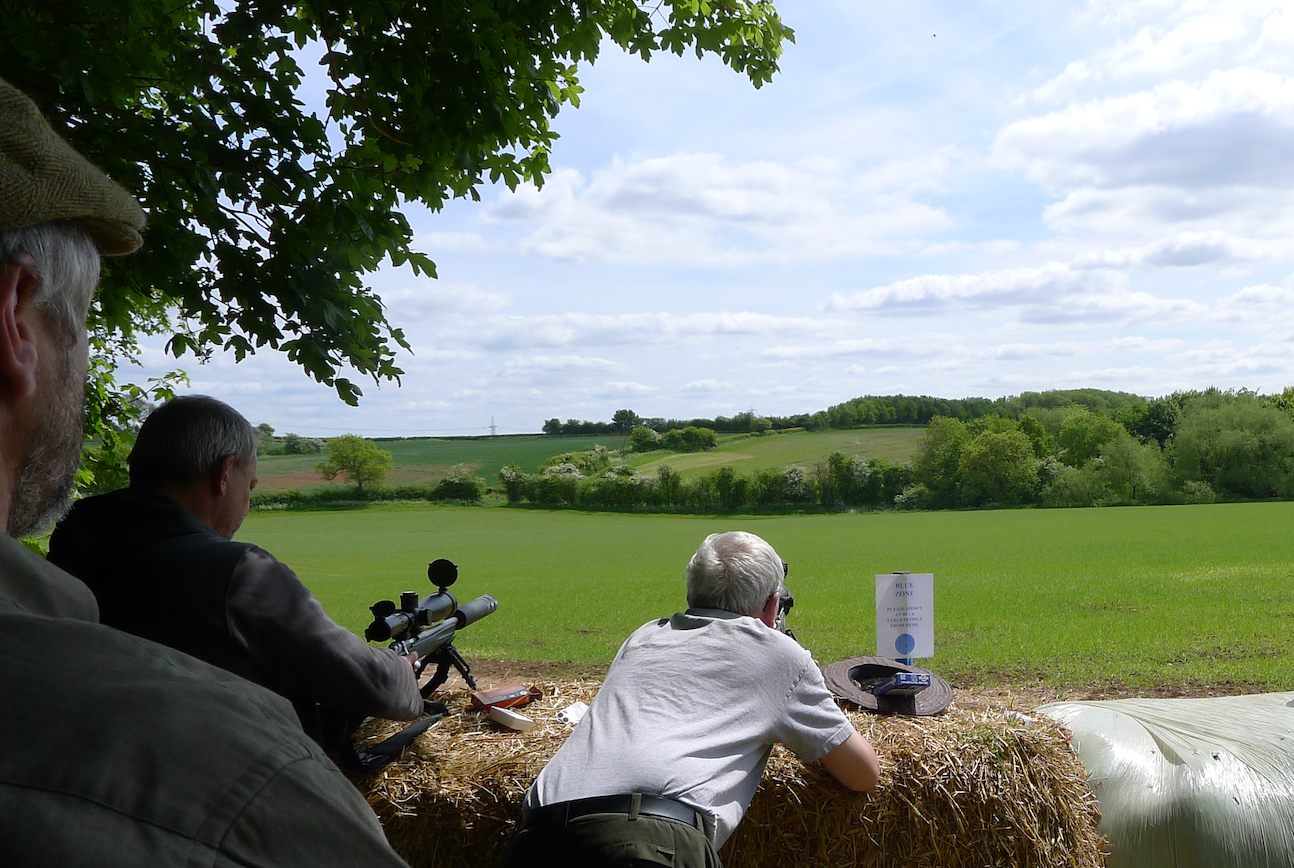During the Russo-Turkish War of 1877-78, Russian troops armed with mostly Berdan single-shot rifles engaged Turks with Winchester repeating rifles resulting in heavy casualties. This emphasised to commanders a need to modernise the Imperial army. The Russian Main Artillery Administration undertook the task of producing a magazine-fed, multi-round weapon in 1882. After failing to adequately modify the Berdan system to meet the requirements, a “Special Commission for the testing of Magazine fed Rifles” was formed to test new designs.
Sergei Ivanovich Mosin, a captain in the Imperial army, submitted his “3-line” calibre (.30 cal, 7.62 mm) rifle in 1889 alongside a 3.5-line design by Léon Nagant (a Belgian) and a 3-line design by Captain Zinoviev. When trials concluded in 1891, the units which tested the rifles were split in their decision and as a result the Nagant design, with modifications incorporated from the Mosin, was selected. Production of the Model 1891 began in 1892 at the ordnance factories of Tula Arsenal, Izhevsk Arsenal, and Sestroryetsk Arsenal. An order for 500,000 rifles was placed with the French arms factory, Manufacture Nationale d’Armes de Châtellerault.
The Mosin–Nagant was adopted and modified as a sniper rifle Model 1891/31 in 1932 and was issued to Soviet snipers. It served quite prominently on the Eastern Front and made heroes of snipers like Vasili Zaitsev and Ivan Sidorenko. The sniper rifles were very much respected for being very rugged, reliable, accurate, and easy to maintain. Finland also employed the Mosin–Nagant as a sniper rifle, reworking the actions and fitting them with higher quality barrels. This proved very successful with Finnish Mosin Nagants being some of the most reliable and accurate service rifles of their era. For example, Simo Häyhä is credited with killing 505 Soviet soldiers, many using his M28 Mosin–Nagant.
The Mosin Nagant fires a 7.62X54R (for “Rimmed”) cartridge which holds the distinction of being in service from 1891 to the present, longer than any other military cartridge. It is still used in Dragunovs, PKMs and other Russian weapons.
